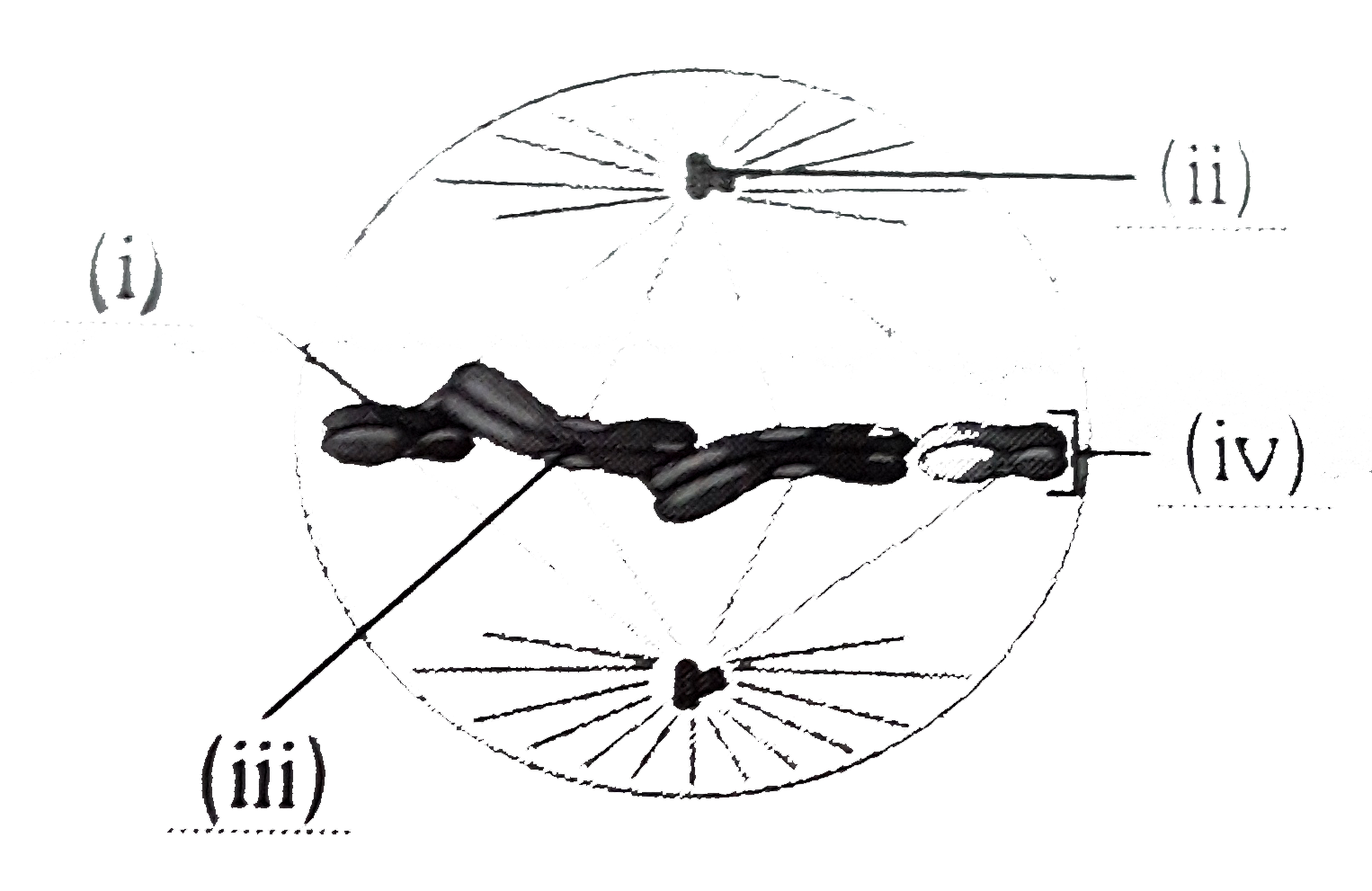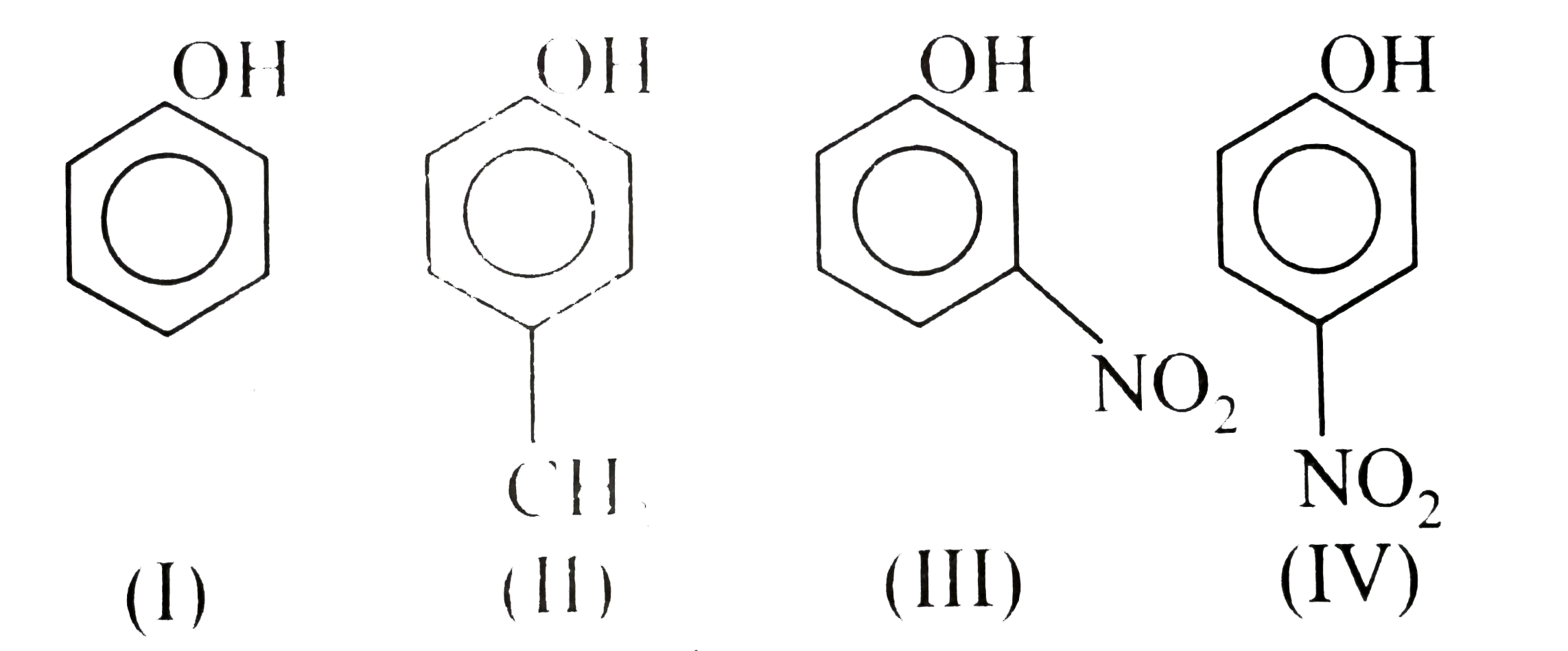Read the following statement (I,ii, iii and iv)and select the right shoes with respect to coconut.
i. The fruit the is developed from inferior ovary
ii The middle fleshy mesocarp is edible .
iii The fruit is is known as a drupe.
iv Endocarp is stony .
i,ii & iii are correct
Only iii is correct
iii & iv are correct
i & ii are correct
The correct Answer is:C
To solve the question regarding the statements about coconut, we will evaluate each statement one by one.
1. Evaluate Statement I: "The fruit is developed from inferior ovary."
- This statement is incorrect. The coconut fruit develops from a superior ovary, not an inferior one. Therefore, this statement is false.
2. Evaluate Statement II: "The middle fleshy mesocarp is edible."
- This statement is also incorrect. The edible part of the coconut is not the mesocarp but the endosperm, which is the white flesh inside the coconut. Thus, this statement is false.
3. Evaluate Statement III: "The fruit is known as a drupe."
- This statement is correct. Coconuts are classified as drupes (specifically, a fibrous drupe) because they have a hard stony covering enclosing the seed. Therefore, this statement is true.
4. Evaluate Statement IV: "Endocarp is stony."
- This statement is correct. The endocarp of the coconut is indeed hard and stony, which protects the seed inside. Thus, this statement is true.
Conclusion:
- From the evaluations:
- Statement I: False
- Statement II: False
- Statement III: True
- Statement IV: True
The correct option based on the true statements is that only statements III and IV are correct.
Final Answer:
The correct answer is Option 3: "3rd and 4th are correct."
- This statement is incorrect. The coconut fruit develops from a superior ovary, not an inferior one. Therefore, this statement is false.
- This statement is also incorrect. The edible part of the coconut is not the mesocarp but the endosperm, which is the white flesh inside the coconut. Thus, this statement is false.
- This statement is correct. Coconuts are classified as drupes (specifically, a fibrous drupe) because they have a hard stony covering enclosing the seed. Therefore, this statement is true.
- This statement is correct. The endocarp of the coconut is indeed hard and stony, which protects the seed inside. Thus, this statement is true.
- From the evaluations:
- Statement I: False
- Statement II: False
- Statement III: True
- Statement IV: True
The correct answer is Option 3: "3rd and 4th are correct."
Topper's Solved these Questions
Similar Questions
Knowledge Check
Read the following statements and choose the correct option.
Statement 1 : Coconut fruit develops from monocarpellary superior ovary and is one seeded.
Statement 2 : In drupe type of fruits, endocarp is stony.AOnly statement 1 is correctBOnly statement 2 is correctCBoth statements are correctDBoth statements are incorrectSee the following figure and identify marked lined i,ii iii and iv
 Ai Chromosome, ii Centromere, iii Centriole, iv ChromatidBi. Chromatid, ii Centromere, iii Centriole, iv ChromosomeCi. chromosome, ii Centriole, iii Centromere, iv ChromatidDi. Chromatid, ii Centriole, iii Centromere, iv Chromosome.
Ai Chromosome, ii Centromere, iii Centriole, iv ChromatidBi. Chromatid, ii Centromere, iii Centriole, iv ChromosomeCi. chromosome, ii Centriole, iii Centromere, iv ChromatidDi. Chromatid, ii Centriole, iii Centromere, iv Chromosome.Read the following properties. Which of these are seen in mango as well as coconut ?
I. The fruit is called a drupe.
II. The fruit is developed from superior ovaries.
III. The fruit is one - seeded
IV . The middle layer of the fruit wall is edible .AI , II and IIIBI and IVCI , II , III and IVDII and III
Choose the dry fruits developed from unilocular ovaries
I) Pepo II) Drupe of mango
III) Cypsela IV) Nut
V) Legume
View SolutionWhich of the following statements are correct
(i) When a fruit develop from the inflorescence, it si composite
(ii) Mesocarp is the edible part in apple
(iii) Gynobasic style is seen in Ocimum
(iv) Hypanthodium is a special type of inflorescence found in Euphorbia species
View SolutionWhich of the following is / are correct ?
I in dry fruits the pericarp is dry and is not differentiated into epicarp mesocarp and endocarp
II in succulent fruits the pericarp is fleshy and is differentiated into epicarp mesocarp and endocarp
III capsular fruits are those simple dry multi seeded after ripening and seeds are exposed
IV achenial fruits are multiseeded dehiscent in which pericarp ruptures and seeds remain inside
Choose the correct option
View SolutionRead the following and select the correct option :
A. Carnivora is a/an (i) that involves (ii) and Canidae.
B. Petunia and (iii). belongs to Family (iv)
View SolutionIn the following compounds,
(I) (II)
(II)  (III)
(III)  (IV)
(IV) 
the decreasing order of acidic strength is
View Solution
